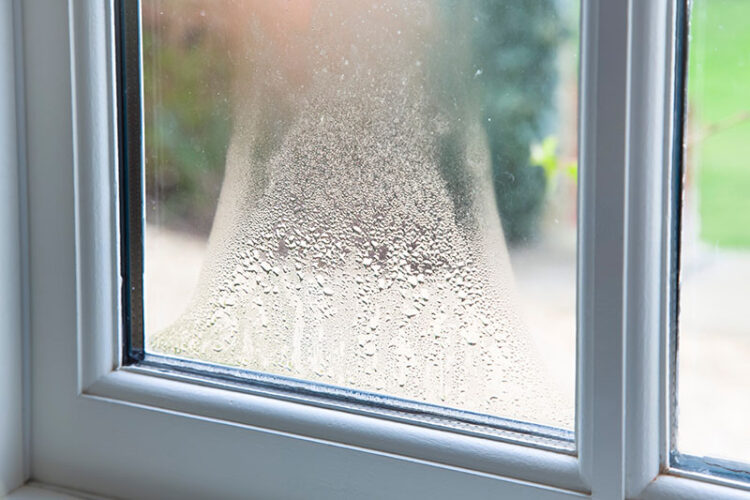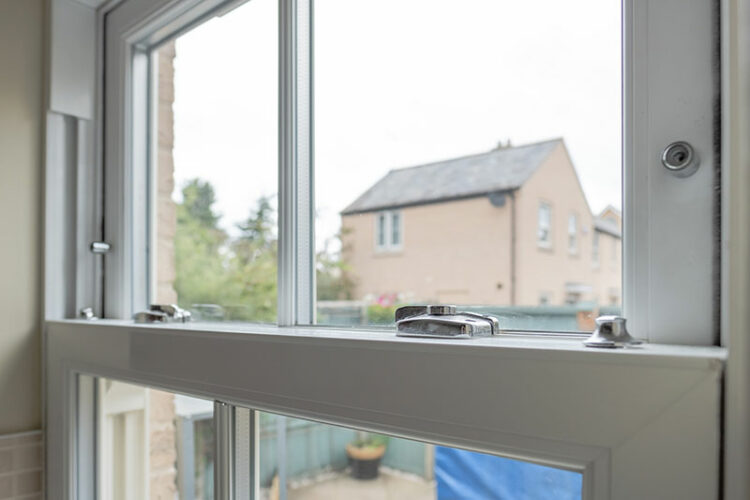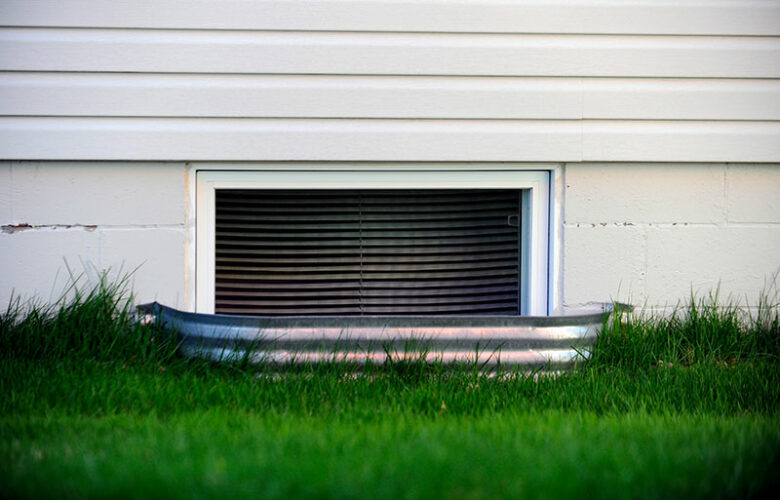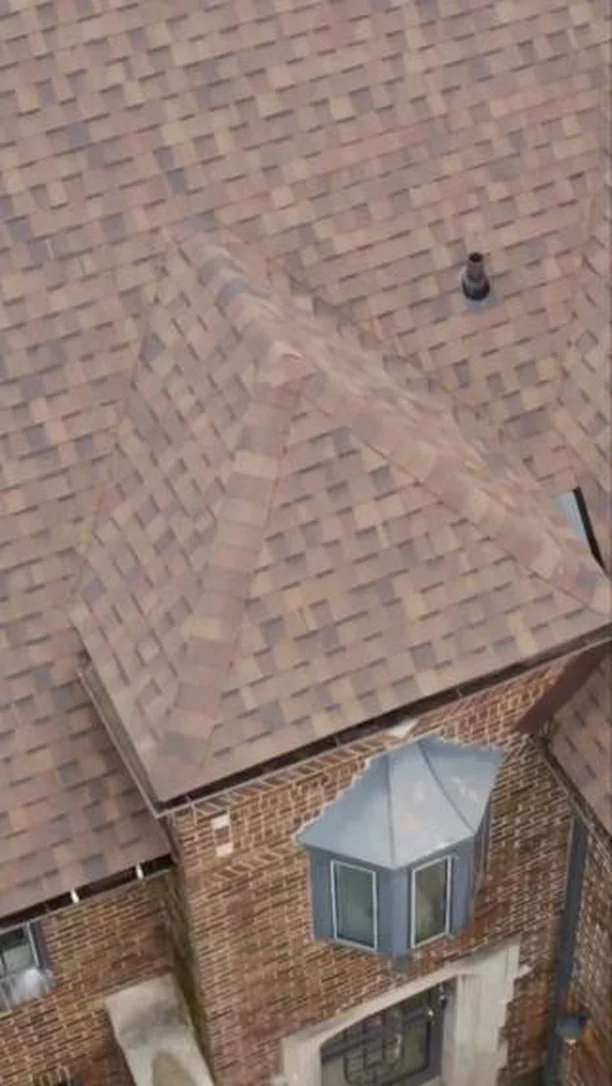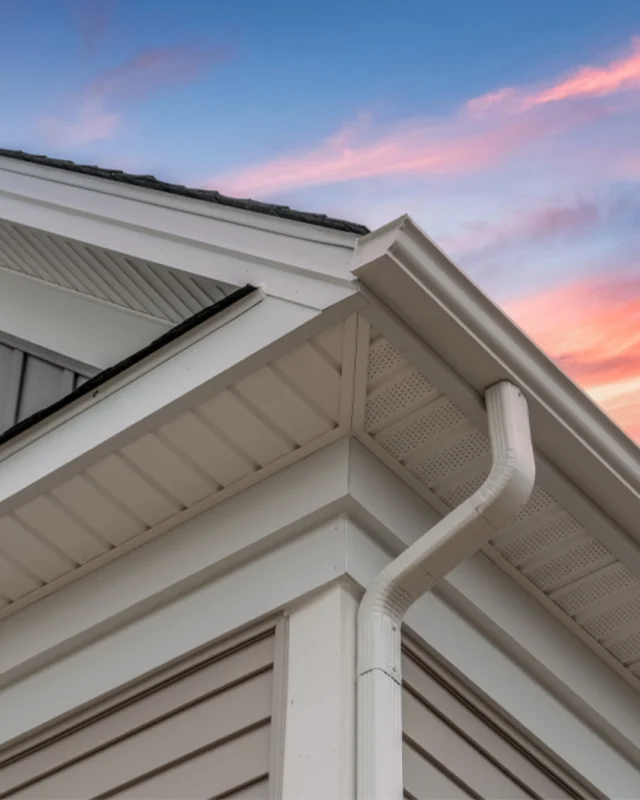What is a Window Sash?
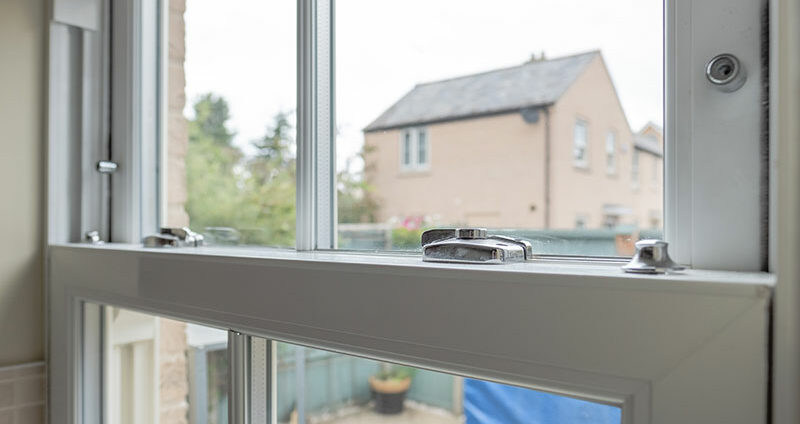
The oldest surviving sash windows were designed all the way back in 1670. They were so well crafted that they still stand in Surrey today. The windows are arguably the most distinctive architectural details in the entire front façade, lending a cheerful, rustic aesthetic that’s impossible to forget. Some say sash windows have their origin in Holland, but the label itself springs from the French word, “chassis,” which is loosely translated as “frame.”
Sashes are an ingenious way to ventilate and cool a home. They allow warm air to escape from the top sash while allowing cool air to penetrate through the bottom opening. They might not be as powerful as the latest HVAC technology, but they’re certainly an excellent energy-saving solution. Architects have been adapting this design for centuries, so these days, you can find the perfect aesthetic for your taste.
Discovering the benefits of sash windows
Get a Free Estimate Today
50% off installation. Special financing available. See details.
They raise your property value
Sash windows are the UK’s second-most popular window, preceded only by casement designs. Their classic good looks can elevate your property value and curb appeal—so much so that they’re known to produce a return on investment of 75%. Those returns arrive in the form of decreased utility bills, increased property value, and improved noise resistance.
They save you money
Sash windows from the Victorian era offer a U-value of 4.5 W/m²k, but modern variations can reduce that number to 0.7. In the past, triple-glazed products were too thick for some premium window designs, but thin triple-insulating glass units have taken sash windows into a new era of efficiency. “Skinny triples” hit the market in 2019, but they’ve finally become affordable enough for middle-class families. They don’t require window contractors to design a new unit from scratch, so they’ve made triple glazed sash windows more accessible than ever before. They rely on a single spacer, reducing the points of potential failure exponentially.
They’re timeless
Window fads can swoop by in the space of mere months, turning your trendy home façade into a dated monstrosity. Sash windows simply never date. They have, after all, been a favourite for over 300 years, so you can safely install them without worrying about fickle décor trends. If you decide to sell your home decades from today, your windows will still be the “wow” factor required to attract buyers.
They’re secure
Sash windows can only be opened a panel at a time, so they don’t leave enough room for intruders to squeeze through. They can be fitted with secure locking mechanisms if you need extra peace of mind. If you have little humans racing around your home, they can be fitted with child-safe locks. Better yet, they’re easy to maintain, particularly if you’ve installed aluminum or uPVC products.
Finding the perfect sash window for you
Sash windows have evolved over the centuries to serve different tastes and priorities. They’ve been adopted all over the world, taking on the aesthetic of every region they’ve touched. The variations go on forever, but a few have stood the test of time.
Victorian sash windows
The Victorian era is known for its ornate designs, so Victorian sash windows often have arched heads and delicate moldings. Late Victorian variations were more minimalist, with single panes and stone sills. They usually rely on a weight and pulley to open and close. They’re a durable solution with a two-over-two grid design to allow extra light and heat to penetrate.
Queen Anne sash windows
This design springs from the English Baroque era. It has several glazing bars and small panes. Custom variations can modernize or simplify the aesthetic. They offer an extra layer of security and a more distinctive look.
Edwardian sash windows
The Edwardian era might have been short-lived, but it remains one of architecture’s most important moments. These sash windows are traditionally ostentatious, with a six-panel upper sash sliding over a two-panel lower sash. Victorian sash windows let in more light, but if you appreciate the architectural value of the Edwardian design, a little less sunlight won’t get in your way.
Bay sash windows
Bay sash windows are probably the most beloved windows of the modern era. They originated in Edwardian times and provide a protrusion that’s as comfy indoors as it is elegant outdoors. They’ll revolutionize your interior design and lifestyle simultaneously. If you don’t like the idea of a curved façade, box or canted bay windows will do the job less intrusively.
Sash windows can hark back to any era imaginable. You can even choose dummy sash windows that provide the aesthetic without the functionality. They’re charming, timeless, and sophisticated. More importantly, they accommodate triple-glazing and shrink your carbon footprint. Who says you can’t have beauty and practicality in the same window?

How do window sashes work?
A traditional or box sash window uses a counterbalance system to offset gravitational force. Two window sashes open smoothly, one in front of the other. The front panel is weighted by a cord and pulley that holds the window in place when open. This system hides the pulleys inside a discreet case, allowing for effortless movement. In recent years, spring balance systems have become increasingly popular. They rely on a spring covered by a PVC tube.
Which system is better? Box or spring sash windows?
Spring sash windows have become the most popular option in the sash universe, but box sash windows aren’t out of the race yet. Their authenticity is particularly valued in historic homes, but they are a high-maintenance option. They frequently need replacements due to their complex design. Spring-balanced sash windows have a simpler mechanism that’s cheaper and easier to maintain. If you live near the coast, however, the saltwater air will quickly corrode that spring. Still, they’re more affordable than box sashes
What’s the cost of a sash window installation?
If your existing sash windows are looking unkempt, restoring them could cost anywhere from $500 to $2,000. If you’re performing a new installation, you can expect to pay about $1,000 per window, but a few details can push that number up. A uPVC or vinyl product with double glazing could cost you around $1,000 per window. Timber products come in at an entry price of $1,500. Hard and exotic woods will come at a price premium, particularly if you’re customizing your design. Of course, size and weight will increase the quantity and price of your materials.
Glazing will also have an impact on price. Heavier glass is more expensive to process, so most homeowners choose a double-glazed design. It’s the cheapest option, but it’s not adequate for every home. If you’re exposed to weather extremes or require acoustic glass, your design will be more expensive to produce.
What are astragal and Georgian bars?
Astragal bars are the hardware that separates each pane of glass in a sash. Georgian bar windows are installed in a sealed unit between glazing layers. They’ll amplify your security, but you can mimic the Georgian aesthetic more affordably with vinyl or uPVC sash windows. While astragal bars give your home a vintage feel, they don’t require multiple panes since they’re applied to a single piece of glazing these days. Much like burglar bars, they’ll make your home harder to break into.
What materials are best for sashes?
Wood, aluminum, and vinyl are the dominant trio of the sash world. Wood is natural and works beautifully in contemporary homes, but uPVC is stronger and more secure. Aluminum is easy to maintain and fully recyclable, but it can corrode.
Sash windows are constructed with sophisticated internal mechanisms and frames. That makes them superb insulators, especially if you install multi-chambered wood. This option is timeless and always in style. Choose well, and you’ll enjoy seamless corners and superb color bonding. Casement windows might be America’s favorite window style, but sashes deserve the space they’ve cleared for themselves in the industry.
Need help with a window project? Contact us now to get a free estimate today.


